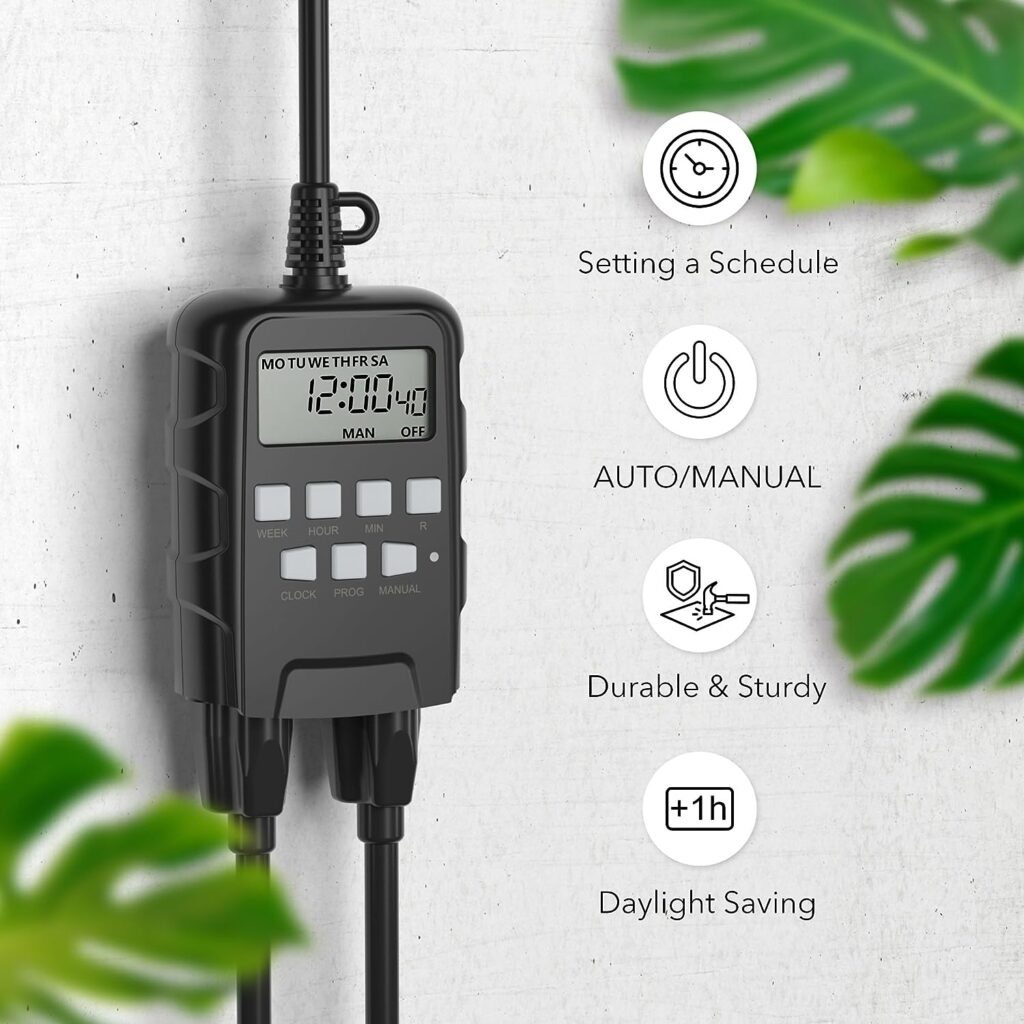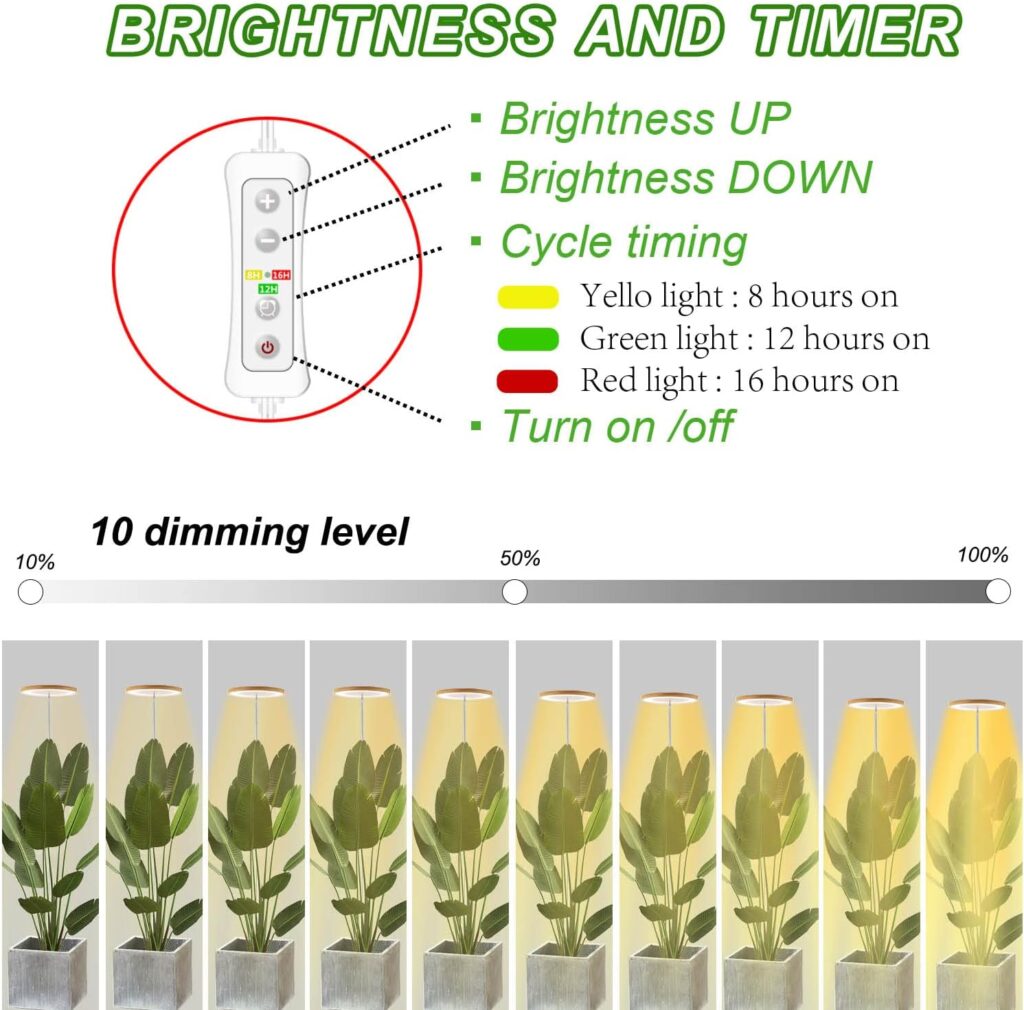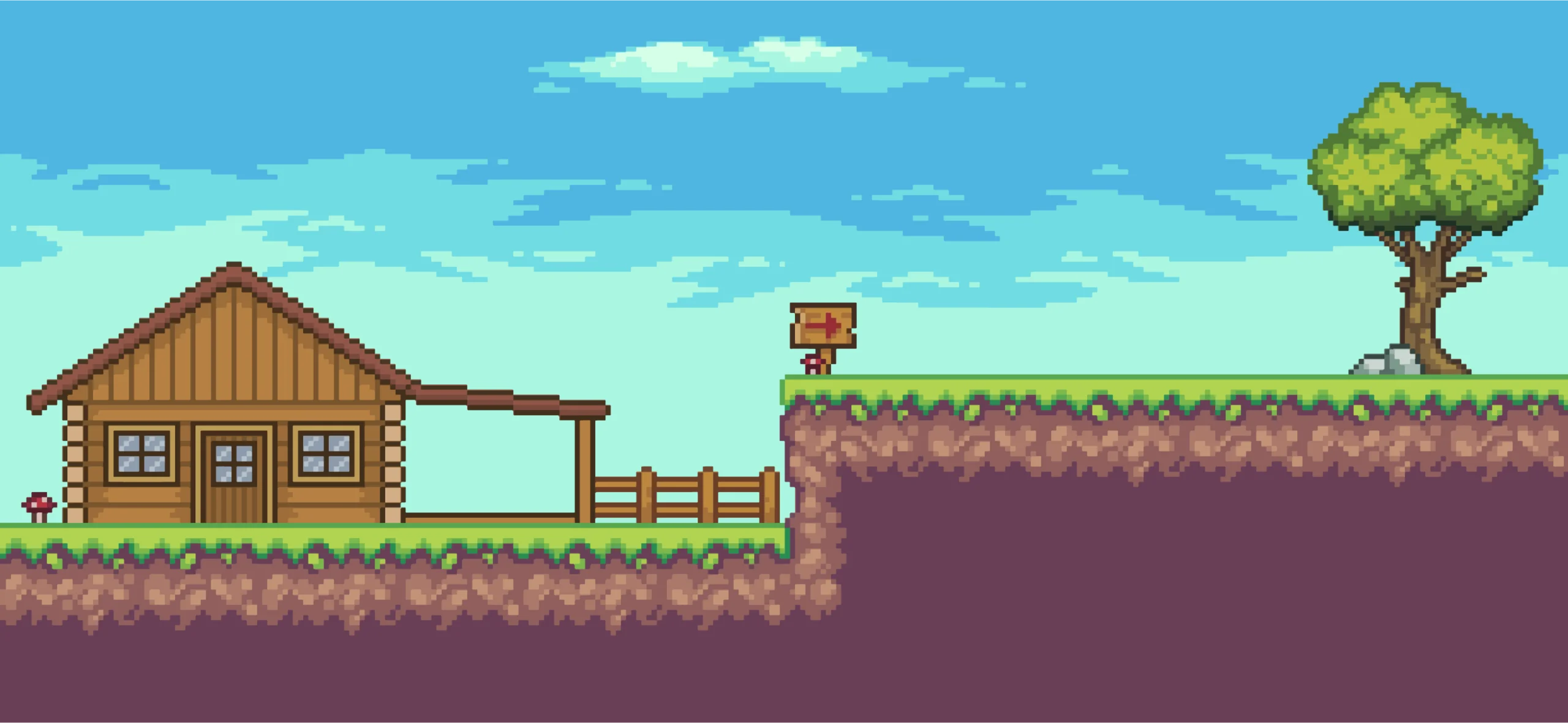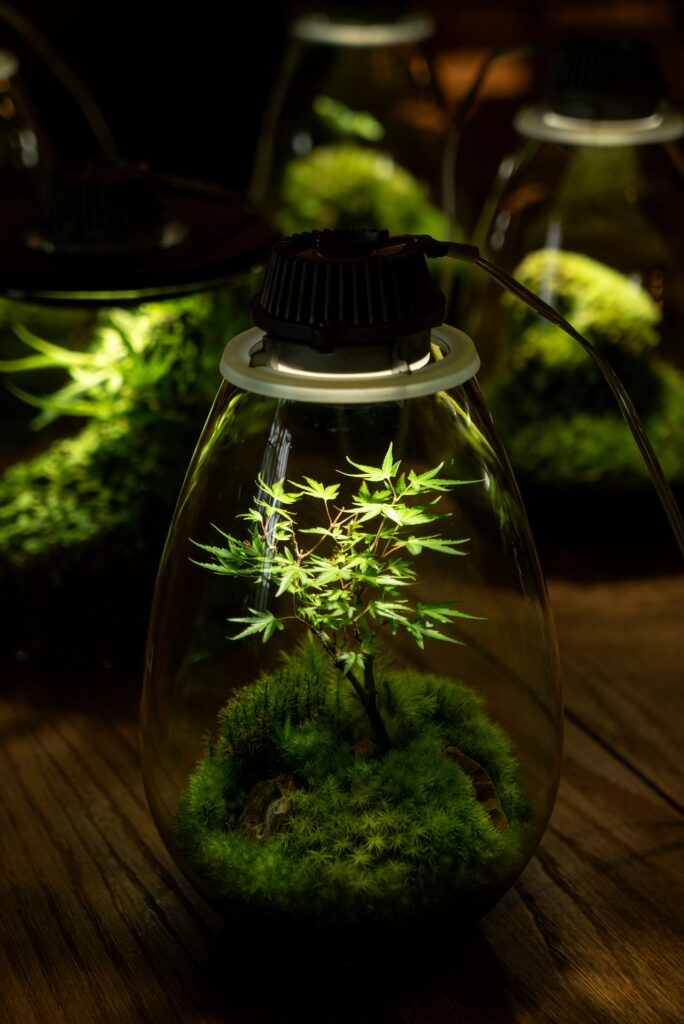
One of the most crucial factors for success in indoor gardening is providing adequate light for your plants.
Choosing low-light plants is often the top tip recommended, but since we’re growing a very specific list of food to grow, we need to work with our plants, not the other way around.
Since natural light may be limited indoors, especially in urban environments or during winter months, it’s essential to understand how to supplement light effectively to ensure optimal plant growth and health. Here’s a comprehensive guide on how to provide adequate light for your indoor garden.
Assess Indoor Light Conditions
Before selecting plants or positioning them in your indoor space, assess the available light conditions. Identify areas with the most natural light exposure, such as south or west-facing windows, and consider factors like obstructions, overhangs, and nearby buildings that may shade or block sunlight.
1. Record Each of Your Plant’s Light Needs: Some plants thrive in bright, direct sunlight, while others prefer indirect or low-light environments. Research the light requirements of each plant species and choose varieties that match the available light levels in your home.
2. Optimize Natural Light: Make the most of natural light by placing plants near windows or areas with ample sunlight exposure. Rotate plants regularly to ensure even light distribution and promote balanced growth.
Consider using sheer curtains or blinds to filter intense sunlight and prevent leaf burn, especially during peak daylight hours.
3. Consider Light Reflectors: Maximize light penetration and distribution within your indoor garden by using reflective surfaces or light reflectors. Position reflective materials such as white walls, mirrors, or aluminum foil strategically to bounce light onto plants and minimize shadows in dimly lit areas.
4. Supplement with Grow Lights: In spaces with limited natural light or during seasons with shorter daylight hours, supplementing light with artificial grow lights is essential.
Choose full-spectrum LED grow lights designed specifically for indoor gardening, as they provide the necessary spectrum of light for photosynthesis and plant growth. Position grow lights overhead or on adjustable stands to mimic the angle and intensity of natural sunlight.
5. Determine Light Intensity and Duration: Different plant species have varying light intensity requirements, ranging from low to high light levels. Research the specific light needs of your plants and adjust the distance and duration of grow light exposure accordingly.
Monitor plants regularly for signs of light stress, such as yellowing leaves or leggy growth, and adjust light levels as needed.
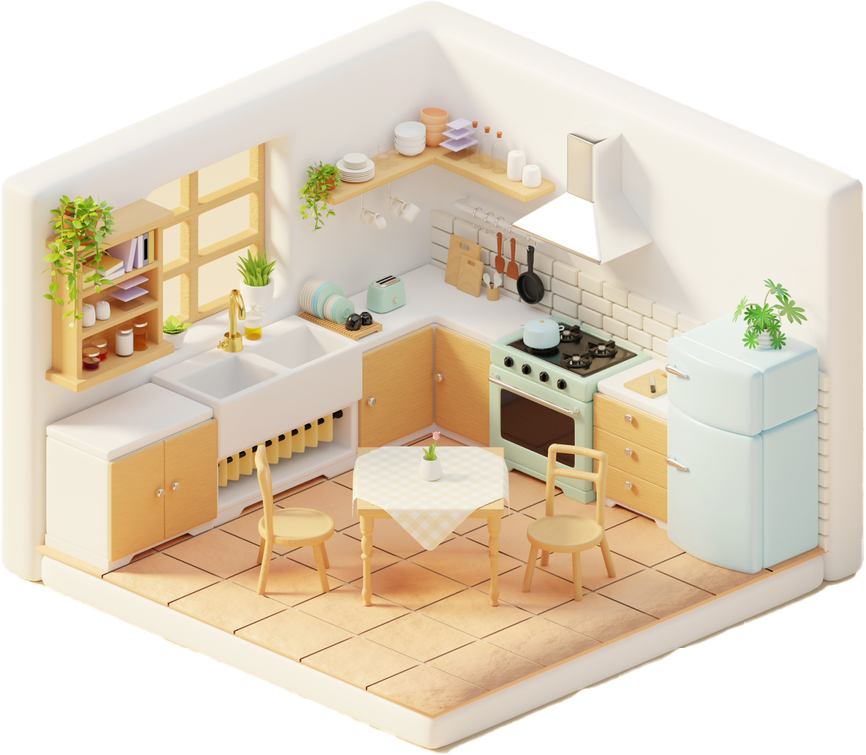
Automate Grow Lights
With a programmable timer outlet, lights can be automatically set to an exact amount of hours to mimic the sunlight of a time and place.
With multiple outlets, an indoor garden can be mostly automated with grow lights, humidity control, and irrigation.
Maintain Consistent Light Cycles
Consistency is key when it comes to light cycles for indoor plants. Establish a regular lighting schedule based on the natural day-night cycle or simulate it with timers for grow lights.
Most plants require 12 to 16 hours of light per day for optimal growth, followed by a period of darkness for rest and recovery.
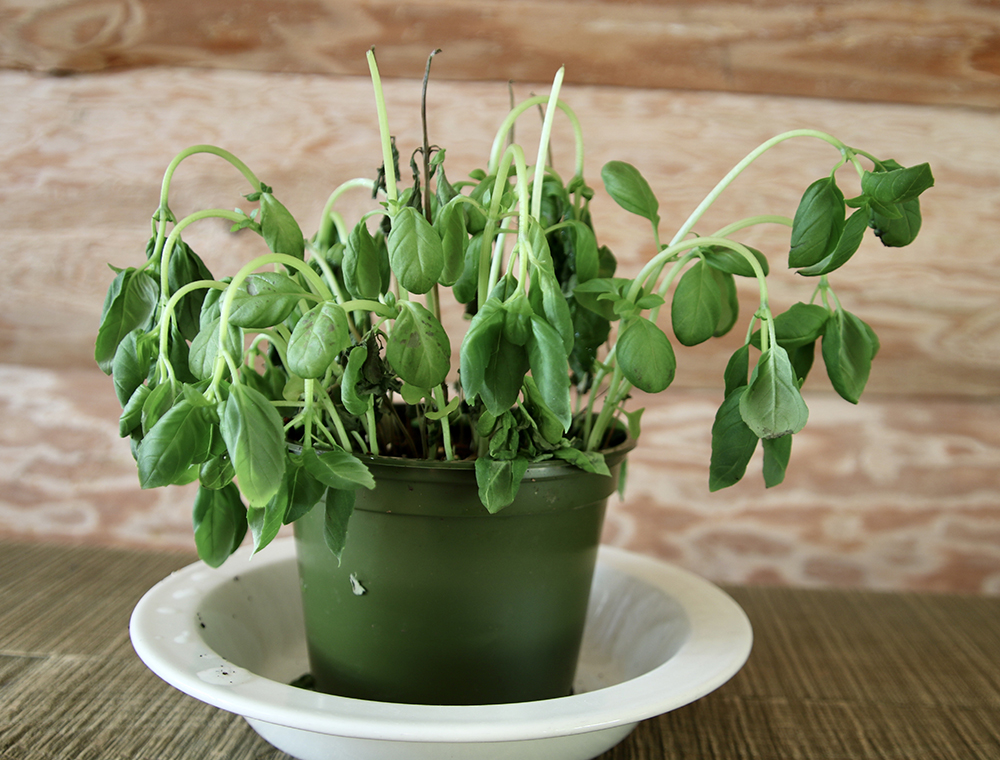
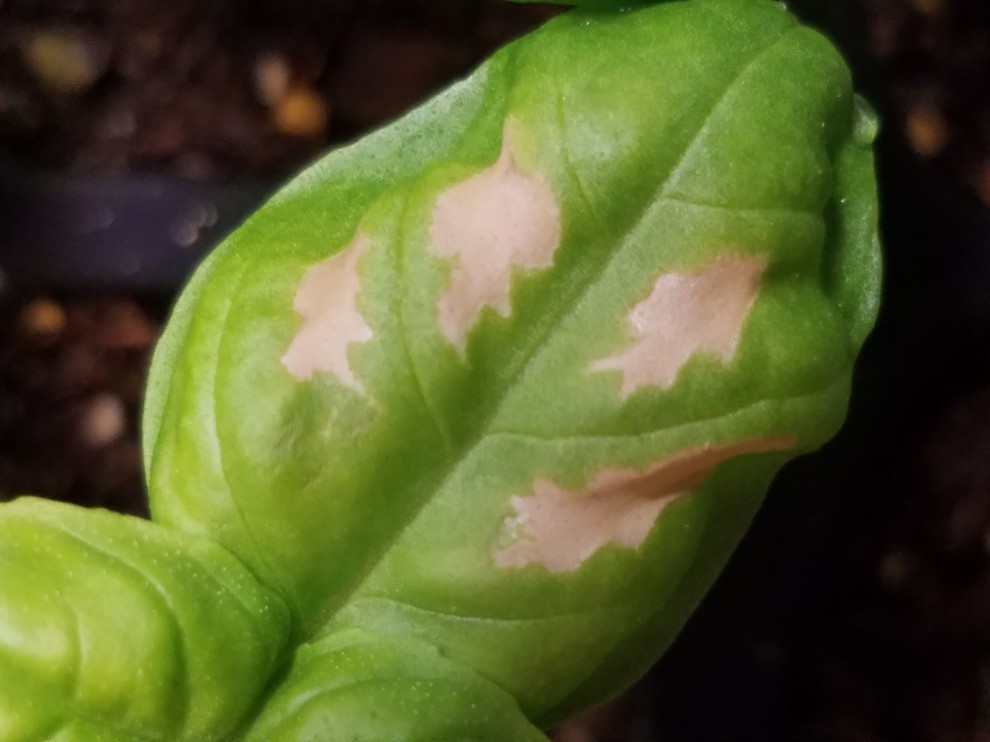
Monitor Plant Response
Pay attention to how your plants respond to light exposure and adjust your lighting setup accordingly. Healthy plants will exhibit robust growth, vibrant foliage, and flowering or fruiting as appropriate for their species. If plants show signs of light deficiency or excess, such as stunted growth, pale leaves, or leaf drop, reassess your lighting arrangement and make necessary adjustments.
By following these guidelines and providing adequate light for your indoor garden, you’ll create an optimal environment for plant growth and thriving greenery. Remember to tailor your lighting setup to the specific needs of your plants, experiment with different light sources and arrangements, and enjoy the beauty and benefits of growing food indoors year-round.
